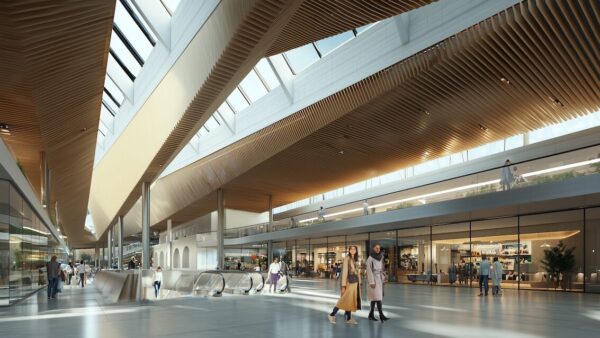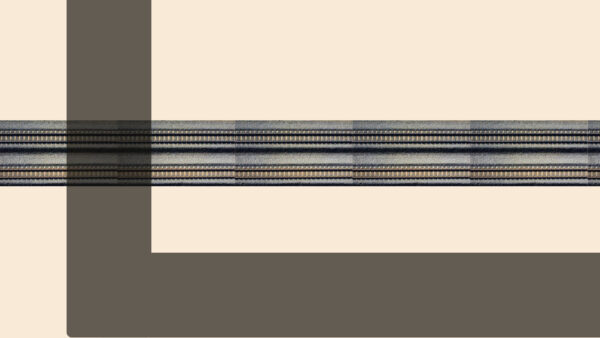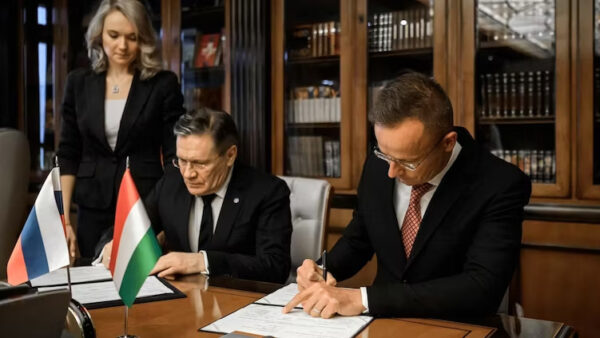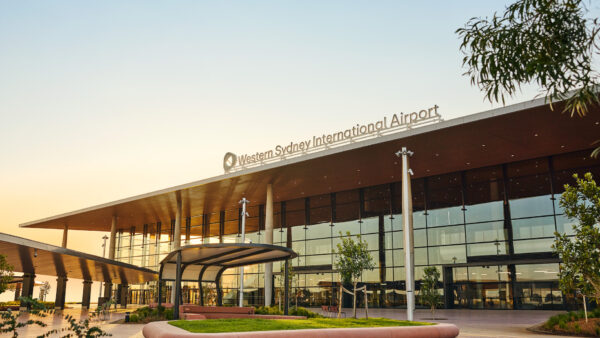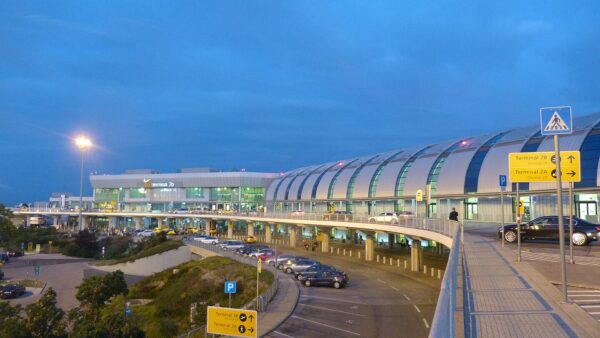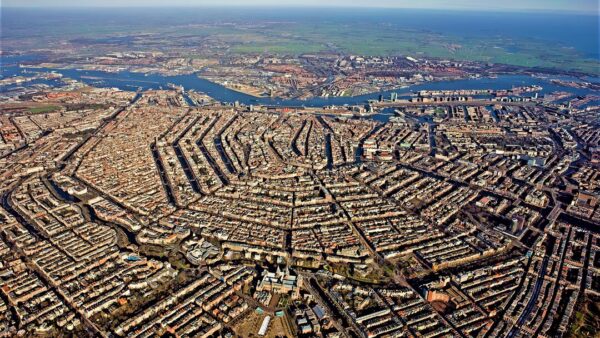The head of Japanese carmaker Toyota has given more details about his company’s plan to build a “prototype city of the future” on the site of a former car factory at the foot of Mount Fuji.
Some 2,000 people will live on the 70ha site, which will host a hydrogen-powered town designed by Danish architect Bjarke Ingels.
The idea is for the population to test the latest in smart urban design, including autonomous vehicles, smart home technology, robotics, and new mobility products.
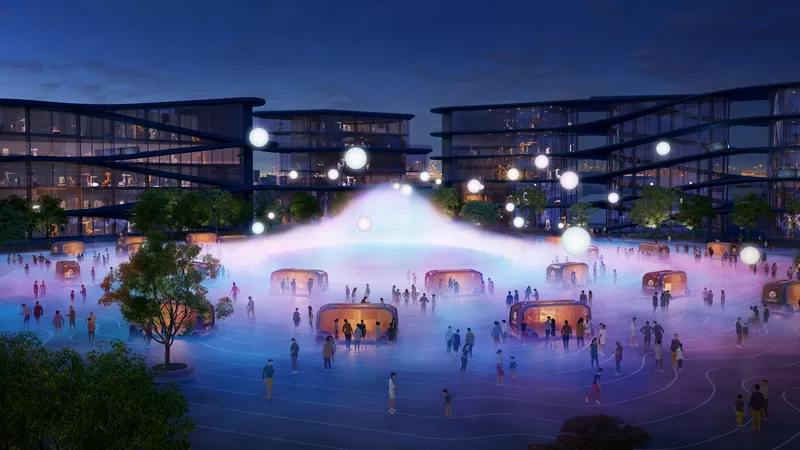
The urban plan centres on a communal plaza
Toyota president Akio Toyoda explained the plan during a press conference at the CES consumer technology exhibition in Las Vegas on Monday. He said: “Imagine a fully controlled site that will allow researchers, engineers and scientists the opportunity to freely test technology such as autonomy, mobility-as-a-service, robotics, smart home-connected technology, AI and more, in a real-world environment.”
“This is my personal ‘Field of Dreams’,” Toyoda added. “If you build it, they will come.”
Toyota is calling its giant real-world laboratory the “Woven City”: a reference to the three types of street it will contain. One type would be reserved for fully-autonomous, zero-emission vehicles, a second would be a mix of lower-speed personal mobility vehicles and pedestrians, and a third would be promenades for pedestrians only. Autonomous Toyota “e-Palettes” will be used for deliveries.
“These three street types weave together to form an organic grid pattern to help accelerate the testing of autonomy,” the company said.
The masterplan is centred on a plaza offering leisure amenities. Homes will be equipped with robotics to assist with daily living. Sensor-based AI will be sprinkled throughout to check on occupants’ health and take care of basic needs.
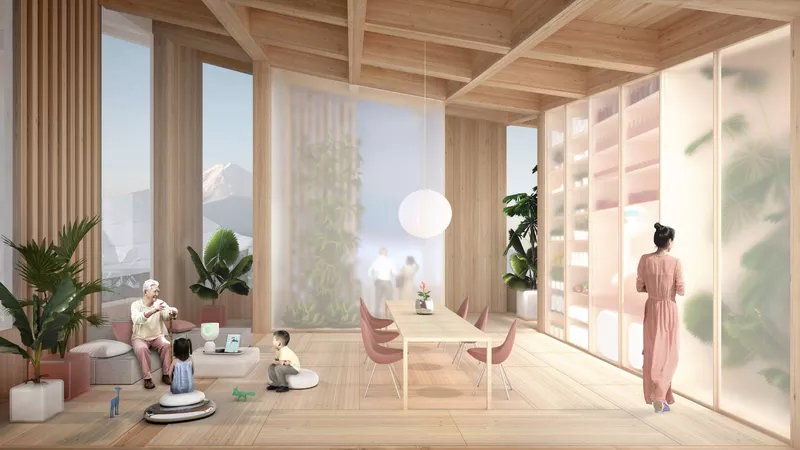
Homes will be made mostly of wood and fitted with a range of smart automation systems
The buildings themselves will be made mostly of wood, using traditional Japanese wood joinery combined with robotic production methods. Rooftops will be covered in photo-voltaic panels to supplement the hydrogen fuel cells that will supply the bulk of the energy needed. Food will be grown using hydroponics.
It has extended an “open invitation” to commercial and academic partners from around the world to come and work on their own projects in this city.
Work on the project is set to begin next year.
Top image: The city will weave together different types of street for different kinds of transport (All pictures courtesy of Bjarke Ingels)
Further reading:

